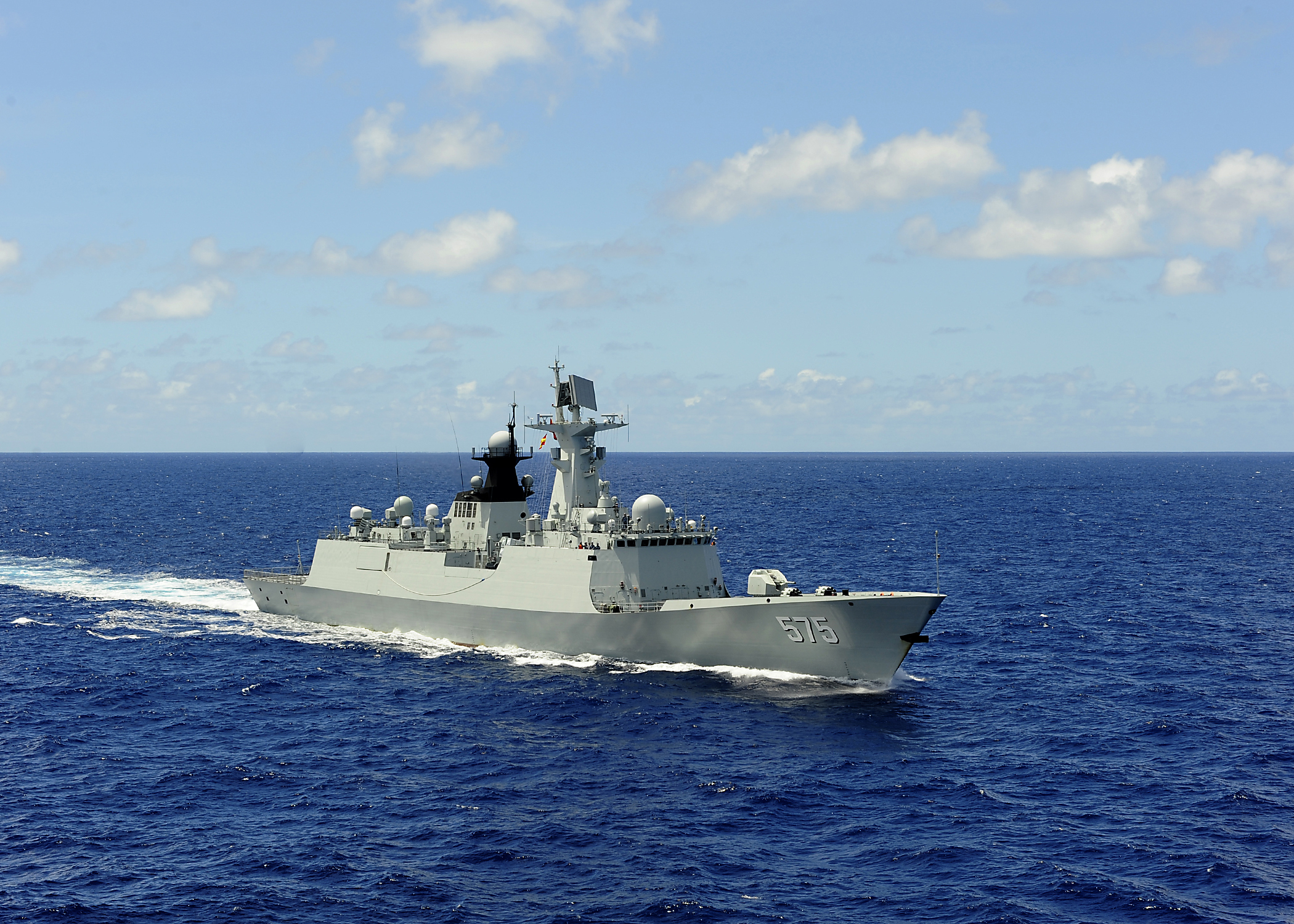

China is expected to have more aircraft carriers and amphibious assault ships based in the Pacific than the U.S. Navy by 2025, said Adm. Philip Davidson, head of U.S Indo-Pacific Command.
The Chinese navy is on track to having three aircraft carriers and six amphibious assault ships within four years, compared with one U.S. carrier and two amphibious assault ships in the region, Davidson said during Tuesday’s Senate Armed Services Committee hearing.
By 2025, China is also projected to have 54 modern multi-warfare combatant ships in the region, compared with six comparable U.S. ships, Davidson said.
Davidson’s comments came in response to questions from Sen. Roger Wicker (R-Miss.), who read from three unclassified charts about China’s military buildup.
Those charts demonstrate how China has invested in both the number and quality of ships in the region during the 21st Century while the U.S. military’s forward positioned forces have remained “relatively static,” Davidson said.
“And it’s to show that if we don’t make changes in our posture forward, it will demonstrate that the Chinese have much greater capacity than we have,” Davidson said.
The possibility of the U.S. and Chinese navies getting into a conflict has been growing like a boil between the Defense Department’s epidermis for years. It has also been the subject of novels such as Ghost Fleet, by Peter Singer and August Cole, and 2034, by Elliot Ackerman and retired Navy Adm. James Stavridis.
China has the largest navy in the world with roughly 350 ships and submarines, including more than 130 major surface combatants, according to the Defense Department’s latest report to Congress on Chinese military power. By comparison, the U.S. Navy had about 293 ships as of early 2020.
“The PLA [People’s Liberation Army] Navy is on its own long march for primacy in the East and South China Seas,” said Patrick M. Cronin, Chair for Asia-Pacific Security at the Hudson Institute think tank in Washington, D.C. “Carriers and amphibious assault ships signal Beijing’s aim to go from maritime coercion to sea denial to sea control.”
As China seeks to intimidate Taiwan and expand its influence elsewhere, there is growing danger that the Chinese navy could be used to “deal with the strong enemy,” as the People’s Liberation Army website refers to the United States, Cronin said.
“However, with the right investments, together with allies, the United States can dissuade such reckless adventurism and remain primus inter pares among naval powers,” Cronin said, tossing in a bit of Latin, which roughly translates to “first among equals.”
China is building its third aircraft carrier while the U.S. Navy currently has 11 flattops — although the USS Gerald R. Ford continues to deal with technical problems.
The U.S. Navy also has a total of nine amphibious assault ships after the loss of the USS Bonhomme Richard in a fire last year.
But U.S. sailors and ships have been overly taxed for years to keep up a persistent presence in the Pacific and elsewhere in the world, especially amid the Navy’s maintenance backlog, which has limited the number of aircraft carriers that are available to deploy.
Both the USS Theodore Roosevelt and the USS Dwight D. Eisenhower have had only had a few months back in homeport before going out to sea again on “double pump” deployments.
The Navy was unable to hide the strain on its surface fleet in 2017 when two separate ship collisions involving the destroyers USS John S. McCain and USS Fitzgerald cost the lives of 17 sailors.
As head of U.S. Fleet Forces Command at the time, Davidson angrily pushed back when Navy commanding officers asked him if their deployments could be delayed if their ships were not ready, according to ProPublica.
“If you can’t take your ships to sea and accomplish the mission with the resources you have,” Davidson reportedly said in November 2017, “then we’ll find someone who will.”
With China building up its naval forces in the Pacific, there does not seem to be any respite from constant deployments on the horizon for U.S. ships or sailors.
Featured image: People’s Republic of China, People’s Liberation Army (Navy) ship Yueyang (FF 575) participates in a replenishment-at-sea (RAS) training during Rim of the Pacific (RIMPAC) Exercise 2014. (U.S. Navy photo by Mass Communication Specialist 2nd Class Tiarra Fulgham.)